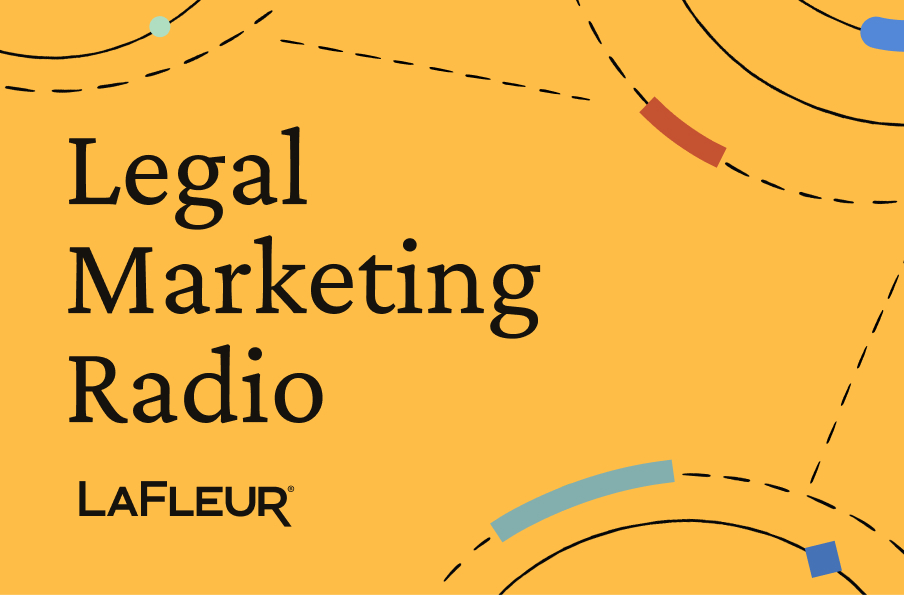Google’s been busy. Over the last few weeks, the company made a series of notable announcements at both Google I/O and Google Marketing Live, its annual developer and ad-focused conferences. And there was one common theme: generative AI.
Here’s what you need to know as you prepare your marketing strategies moving forward.
1. You Might See a Drop in Your Search-First Content’s Performance
Last year, Google launched its Helpful Content System, which prioritizes people-centered, informative content over search-first content. You’ve encountered search-first content: the kind of clickbait that rattles off all the “right” terms and keywords but fails to answer your very real, very human questions.
Now, Google has announced that it is putting an even greater focus on content that demonstrates “unique expertise and experience.” Over the next couple of months, it will roll out an update to its Helpful Content System that will identify (and reward) content that is actually made for people. What the company doesn’t say, but is very much implied, is that search-centered content will drop in ranking.
So, what is Google looking for? EEAT (expertise, experience, authoritativeness, and trustworthiness). In a May 10 article, Google notes:
Helpful information can often live in unexpected or hard-to-find places: a comment in a forum thread, a post on a little-known blog, or an article with unique expertise on a topic. Our helpful content ranking system will soon show more of these “hidden gems” on Search, particularly when we think they’ll improve the results.
If you’re still relying on keyword-loaded content that targets the algorithms and not your clients’ jobs to be done, start rewriting those pages now. Lean into your experience and expertise, offer new insights to your audience, and provide comprehensive content that answers their questions.
2. It’s Time to Add Another Acronym. Meet SGE
One of the biggest things to come out of Google I/O was Search Generative Experience (SGE). According to the company, “an early step in transforming the Search experience is with generative AI. When using SGE, people will notice their search results page with familiar web results, organized in a new way to help them get more from a single search.”
There are several big takeaways compared to what you’re used to seeing on a search results page (or SERP).
AI-powered snapshots will monopolize the first page
When appropriate, Google will start delivering AI-powered summaries at the top of the results page. These snapshots will offer a brief overview of information related to your search query. The snapshot will also suggest (and link to) several helpful resources that support its findings.
Look at the current SERP for “what’s better for a family with kids under three and a dog, bryce canyon or arches national park?”:

And here’s the new SGE-focused SERP:

The green section that includes the “Generative AI is experimental” caveat is the snapshot. It covers roughly half of the visible page and is clearly intended to nudge users toward Google’s Search Generative Experience rather than your content.
People will chat with Google
Under the snapshot, check out the “ask a follow up” button. When you click on this button, Google will launch a new conversational mode where you can ask further questions related to your search. It will carry over context from your earlier questions and refine its answers based on your follow ups. In this mode, the links Google suggests will change as its algorithm learns more about your needs and intent.
Think about how you search now. Rather than type out a long query (that includes punctuation), you’d probably research Bryce Canyon and Arches using something like this:
bryce canyon vs arches with kids
But most of us would never type an awkward terms-and-connectors query like this into a chatbot.
We expect to see a dramatic increase in natural language-style searches and long-tail keywords. To keep pace with Google, you should start selecting more conversational keywords now—even if they get lower volumes than those awkward terms-and-connectors options.
Get ready for an AI-powered, vertical shopping experience
When you’re looking for a local business or a product online, Google will soon deliver a new experience that uses its existing Shopping Graphs alongside SGE to streamline decision making.
We’re watching this space to see how it affects Local Search, especially for our clients with ecommerce operations.
Google is being cautious with AI and YMYL topics
When it comes to “your money, your life” (YMYL) topics, which include those related to health, wellness, financial decisions, and the law, Google continues to be cautious. It notes that, especially in these topics, SGE prioritizes sources with high levels of EEAT (experience, expertise, authoritativeness, and trust).
We anticipate a relatively slow and measured rollout of SGE for YMYL searches. And when we start seeing them, most YMYL-focused searches will include disclaimers. (In some cases, it might not offer an AI-generated snapshot.)
Google wants you to fill the information gaps
SGE will not create snapshots when there isn’t enough reliable information about a topic on the open web. If your firm is an established authority on a topic, publishing content that addresses these gaps might be one way to make it into that soon-to-be-coveted snapshot.
RELATED: AI marketing: What it is and when you should use it
3. Ads Are Here to Stay, but Are Also Getting the AI Treatment
At both Google I/O and Google Marketing Live, it was clear that Google Ads will continue to play a major role on SERPs. Ads will appear both above and below the snapshot. That leaves very little real estate—especially above the fold—for organic search results.
This may affect your ability to drive organic traffic, especially if your content isn’t currently the Featured Snippet or the top search result. If you’re going to venture (or double-down) on search ads, Google is launching new AI-powered tools on its Google Ads interface.
- Chat-based generative AI tools that help you write ad copy and create assets
- AI that can generate images for certain ad formats
- AI tools that will help with Smart Bidding
As these (and other tools) launch, our experts will provide additional insight and guidance.
LaFleur: Making Sense of Marketing Complexity
Whether we’re breaking down the most recent news from Google or helping you turn your data into actionable insights, our work is grounded in a desire to make the complex seem simple. If you want to learn more about Google’s incorporation of generative AI into their platforms—or how you can evolve your marketing strategy to keep up—reach out to our team.
References
A new way to search with generative AI: An overview of SGE. (2023, May). Google. Retrieved from https://static.googleusercontent.com/media/www.google.com/en//search/howsearchworks/google-about-SGE.pdf
Clark, L. (2023, May 10). Learn from others’ experiences with more perspectives on Search. Google. Retrieved from https://blog.google/products/search/google-search-perspectives/
Dischler, J. (2023, May 23). Introducing a new era of AI-powered ads with Google. Google. Retrieved from https://blog.google/products/ads-commerce/ai-powered-ads-google-marketing-live/





